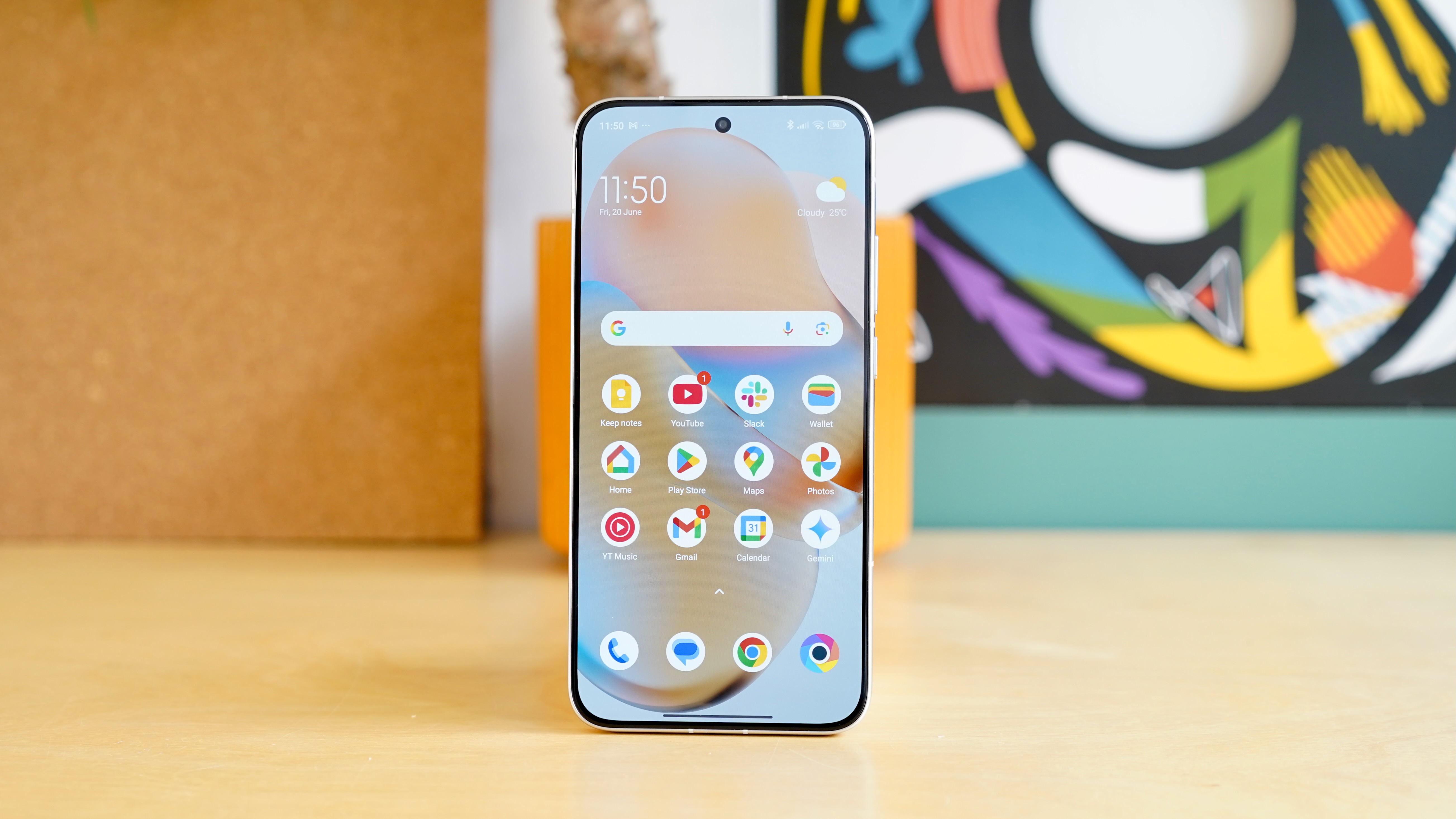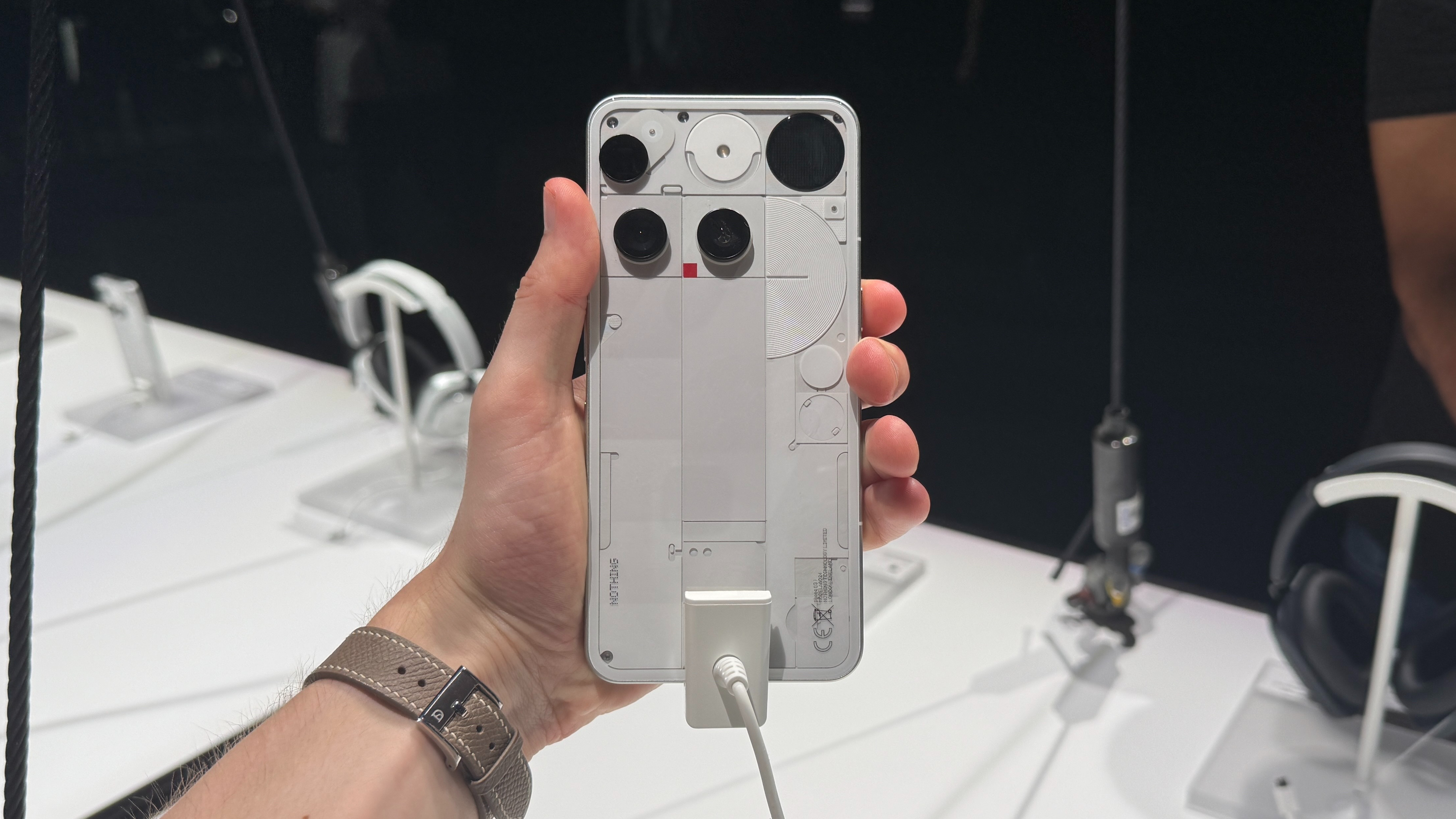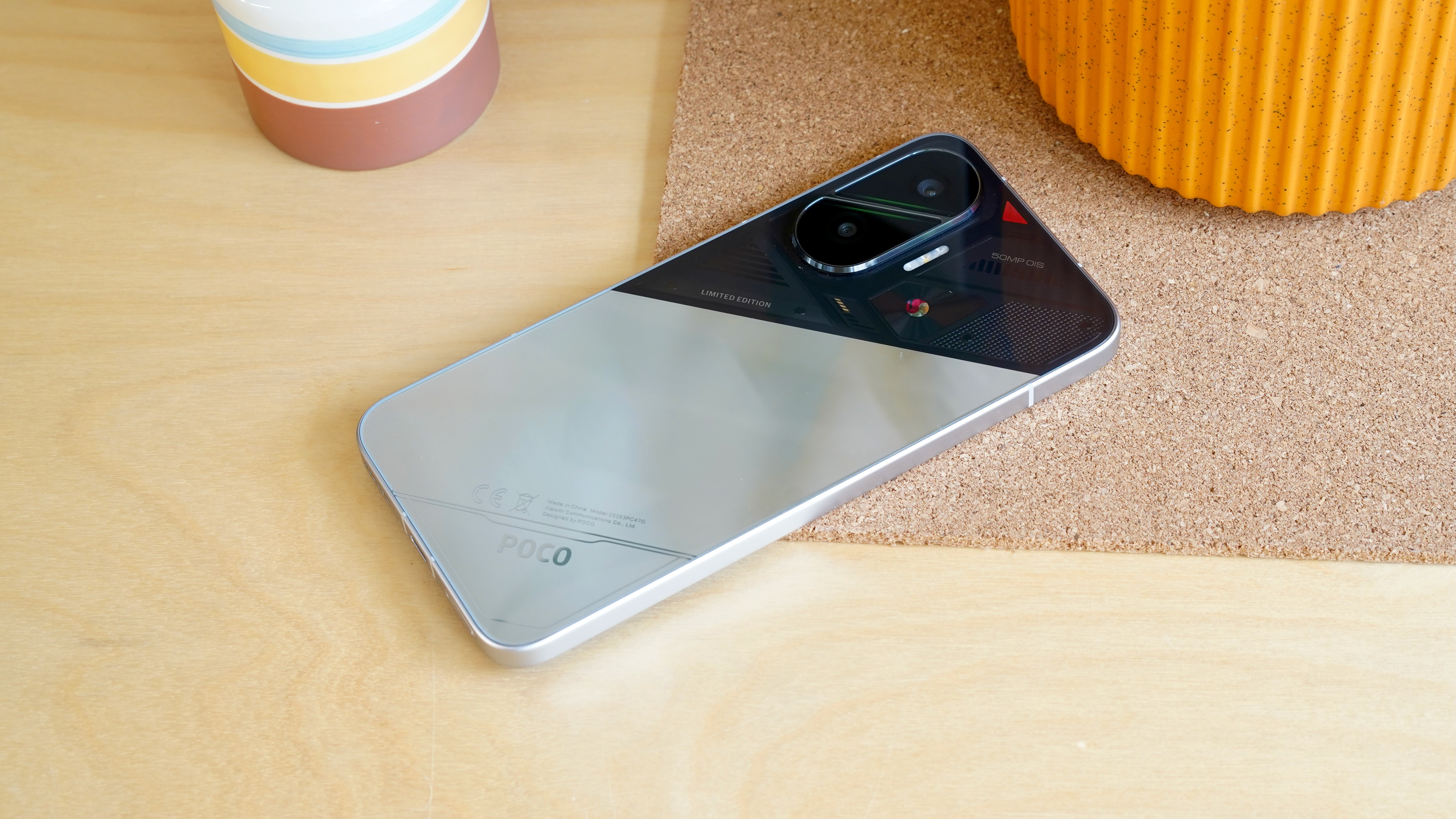In tech terms, June and July have been particularly busy this year. While gamers have been sinking their teeth into the new Nintendo Switch 2, mobile fans have been served a run of excellent, exciting, and, crucially, affordable new smartphones to consider.
One of the lesser-talked-about affordable phone brands is Poco. The Xiaomi-owned subsidiary prioritizes performance above all else, offering powerful devices that typically undercut rivals in the budget and mid-range markets.
One of the marque’s latest offerings – the Poco F7 – strikes an impressive balance between price and performance, toting Qualcomm’s newest Snapdragon 8s Gen 4 silicon while still clocking it at under £389 in the UK.
Previously, the impressive value proposition of Poco’s F-series phones has meant that concessions – on aspects like camera quality and OS update support longevity – have been expected, and often accepted, by users.
Scan through the reviews of the Poco F7, however, and you’ll see that the team behind the phone has clearly made strides to produce a more holistically capable competitor. And that poses a problem for some particularly prominent rivals.
Better ig-Nord?
The fresh-faced OnePlus Nord 5 touched down in the second week of June, serving as the brand’s new top mid-ranger. During the process of testing it out for myself over the last few weeks, however, comparisons to the Poco F7 have kept popping up, and OnePlus’ effort loses the battle nine times out of 10.
For starters, despite coming in at £399 in the UK (i.e. £10 more than the F7), the Nord 5 runs on the same chipset family as the Poco, but it uses the previous generation – the Snapdragon 8s Gen 3. OnePlus has also paired that to conventional UFS 3.1 storage, whilst the Poco uses bleeding-edge UFS 4.1 tech (that’s two generations newer in the smartphone space).
You also get a brighter display (in terms of both panel-wide and peak brightness output), superior IP68-grade protection against dust and water (the Nord 5 tops out at IP65), and a 25% larger battery (6500mAh, versus 5200mAh in most markets).
Poco has even extended its update support commitment to match that of OnePlus, with four years of OS releases and six years of security updates promised.

The main caveat here, which has the potential to put the ball back in the Nord 5’s court, is the difference in user experience.
Xiaomi promised big things with the move from MIUI to HyperOS in 2024, and while there are some clear technical improvements to the company’s Android-based user experience, the user-facing facets of HyperOS 2.0 – as found on the likes of the F7 – are still… lacking.
In contrast, OnePlus’ latest OxygenOS 15, as featured on the latest and best OnePlus phones, is cleaner, more elegant, less bloated, more responsive, easier to use, and sports a more intuitive and dynamic suite of AI-backed features. And as that’s the bit of the phone you interact with more than any other on a daily basis, that might be reason enough to pick the Nord 5 over the technically superior and more affordable F7.
Something better than Nothing?

Perhaps the highest profile launch in the first week of July was the release of the divisive Nothing Phone 3.
I say ‘divisive’ because what the company is calling its “first true flagship” immediately came under fire for its design, performance, and price.
While there’s no question that the Phone 3’s aesthetics are unorthodox, as the most subjective of those three aspects, I’m less inclined to say the Poco F7 boasts better or worse looks. In fact, its semi-transparent back is decidedly Nothing-like, as it happens.
Where the trouble for the Phone 3 really starts is with its choice of chipset, which – as you might be able to guess – is the same as the one powering the Poco F7: the Snapdragon 8s Gen 4.
I have nothing against this particular silicon and Nothing itself has done an admirable job of extolling the virtues of the chip. But on a phone that costs £799 / $799 (Nothing’s most expensive phone yet), people were expecting to see the chip of choice for almost every other 2025 Android flagship: Qualcomm’s top-of-the-line Snapdragon 8 Elite.

Cue the Poco F7 to rub salt in the wound. As well as hitting the market ahead of the Phone 3, packing in faster storage and a bigger battery with faster charging, you’re getting a phone with the same chipset (and thus comparable performance) for less than half the price.
Admittedly, the extra money commanded by the Nothing Phone does – like the OnePlus – buy you access to one of the best smartphone user experiences on the market, in Nothing OS 3.0, not to mention superior cameras, a brighter screen and longer software support (7 years of OS & security updates) than the Poco. So, the divide isn’t quite as chasmic as with the Nord.
In a three-way shootout between the Poco F7, Nord 5, and Phone 3, then, it ultimately falls to where your priorities lie. Is a slick user experience your top priority, or does more performance and a lower price tag more readily entice you? If the latter, I’m inclined to recommend the powerful and affordable Poco.


